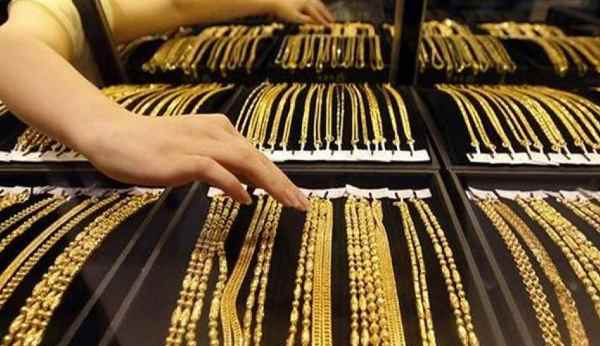
New Delhi: According to a Minerva Capital Research analysis, the domestic jewellery industry in India is expected to expand at a robust compound annual growth rate (CAGR) of 16% between FY24 and FY28, reaching a market value of USD 145 billion by FY28. According to the survey, there has been a noticeable change in the Indian jewellery business, with a gradual transition from unorganised to organised companies.

It said that “India’s domestic jewellery market is expected to register a 16 cent CAGR from FY24E to FY28E.”
The unorganised sector now accounts for around 62% of the market. By FY28, this percentage is anticipated to fall to 57%, while organised jewellers’ share would increase to 43%. The growing customer desire for branded, high-quality, and transparent items is what is driving this shift.
With almost 40% of the overall demand in FY23, the southern states control the majority of the Indian gold jewellery industry. The western area, which holds a quarter of the market, comes in second. In India, 225–250 grams of jewellery are often requested for weddings.
Regional variations in customer preferences were also mentioned in the research. While the northern and western regions of the nation exhibit a greater desire for lightweight, diamond-studded jewellery, especially in the 14k and 18k categories, southern customers mostly choose traditional plain gold jewellery.
Regarding profitability, the research said that the gross margins for simple gold jewellery vary from 10% to 14%, while those for jewellery adorned with diamonds range from 30% to 35%.
Nearly 90% of the jewellery market in FY23 was made up of fine jewellery, which was worth over USD 63 billion. Both gold and non-gold parts are included in this.
A number of government programs are encouraging exports and aiding in the development of the organised jewellery industry. Among them is the decrease in customs taxes, which was promised in the Union Budget 2024, from 15% to 6% on gold and silver and from 15.4% to 6.4% on platinum.
Additionally, PAN cards are now needed for jewellery transactions exceeding Rs 2 lakhs, and gold hallmarking became necessary on April 1, 2023. The purpose of these actions is to increase domestic value addition and transparency.
Organised players in rural regions, who make up 58% of the entire demand for jewellery, are also becoming more involved in the market.
Demand trends continue to be seasonal, reaching their highest points during harvest seasons (September–November and January–March), wedding seasons (May–June and September–January), and holidays like Diwali, Dhanteras, Akshaya Tritiya, and Ugadi.
Since old jewellery can be melted and moulded into new designs, the retail gold sector also benefits from the lack of inventory obsolescence, which makes it a viable business strategy.